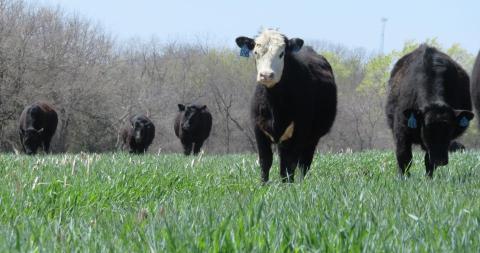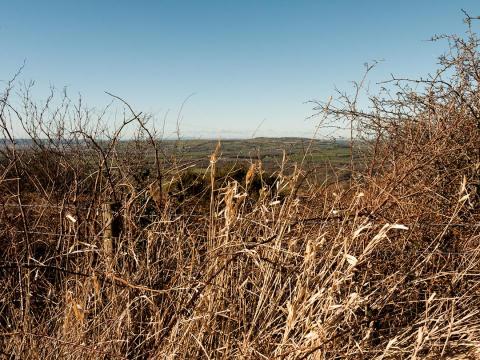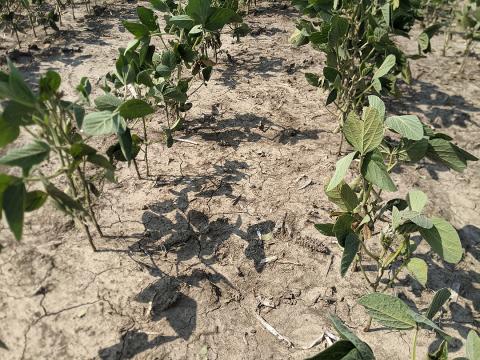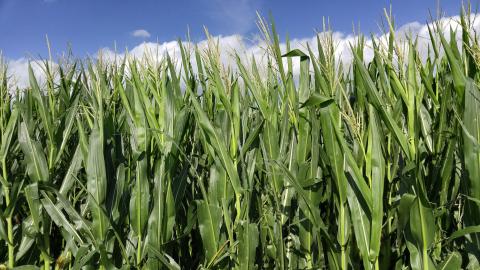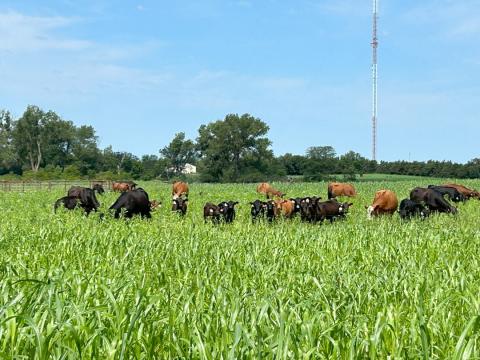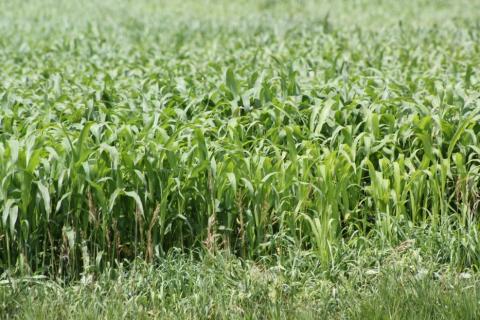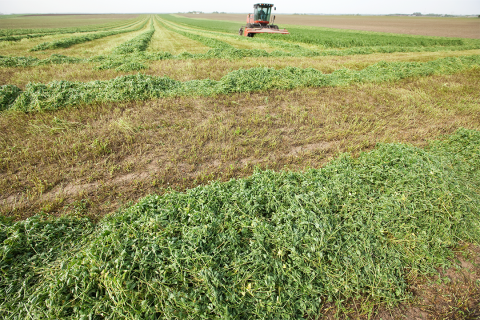Pasture and Forage Minute: Planning Cover Crops, Testing Hay Quality and Nitrate Management
September 12, 2023
Tips on selecting and planting cover crops, managing nitrate risks while grazing annuals, and preparing hay samples for testing.
Pasture and Forage Minute: Managing Drought-stressed Brome, Alfalfa Seeding
August 17, 2023
Insights on managing drought-stressed brome pastures this fall, planting windows and weed control for fall-seeded alfalfa, and registration information about upcoming field days.
Soybeans for Forage
August 17, 2023
Brown soybean plants that were evaluated by crop insurance at 2-4 bu/ac can be grazed if a grower doesn’t wish to harvest them. They’re just low quality.
Is That Corn Crop Worth More as Silage or Grain?
August 16, 2023
When evaluating whether to harvest a field for silage or grain, there are several factors to consider. Both methods of harvest have advantages and disadvantages depending upon an operation’s goals and objectives.
Summer Annual Forage Pasture Walk on Aug. 23
August 11, 2023
During this year's pasture walk at ENREEC, participants will learn about warm-season annual productivity, annual forage fertility management, prussic acid and nitrate concerns, and more.
Pasture and Forage Minute: Forage Considerations for Hail, High Temperatures
July 26, 2023
Extension educators review warm- and cool-season grass production during periods of extreme heat, preparing for corn silage harvest and forage options for corn and soybean fields with severe hail damage.
Annual Forage Options for July or August Planting
July 13, 2023
UNL Beef provides information on forage species selection and key management considerations based on desired use.
Pasture and Forage Minute: Managing Alfalfa Windows, Grazing Summer Annual Forages and Water Quality
July 10, 2023
Management strategies for curing alfalfa windrows in adverse weather conditions, grazing sudangrass and sorghum-sudan hybrids safely, and water quality issues for livestock on pasture.
